Description
Performance Evaluation Of Asphalt Rubber Type I And Type II In California
DINGXIN CHENG and HAIPING ZHOU
ABSTRACT. California Department of Transportation (Caltrans) has been using asphalt rubber binder in chip seal and hot mix applications since the 1970s. Rubberized hot mix asphalt (RHMA) pavements have exhibited better field performance than conventional hot mix asphalt regarding resistance to reflective cracking, durability, and lowering traffic noise. In California, the asphalt rubber binder used in hot-mix asphalt (HMA) has typically been asphalt rubber binder Type II, which contains asphalt binder, asphalt modifier, and crumb rubber modifier (scrap waste tire crumb rubber and high natural crumb rubber). Another type of asphalt rubber binder Type I, mostly used in Arizona, Florida, and Texas, does not require asphalt modifier and high natural crumb rubber. As technologies advance, Caltrans wants to test the material properties of the asphalt rubber binder Type I again and re-evaluate the laboratory and field performance of RHMA made with asphalt rubber binder Type I and its potential applications on Caltrans projects.
In May 2014, Caltrans constructed a pilot project, using RHMA Gap-Graded mix made with both asphalt-rubber binder Type I and Type II following the Hveem mix design procedure. During the construction, samples of asphalt rubber binders and hot mixes were collected. The laboratory performances of the binders and hot mixes were studied through a series of laboratory performance tests; while the field performances of the hot mixes were evaluated through Caltrans automated pavement condition surveys. Both laboratory and field performance evaluation results are presented in this paper.
KEYWORDS: Asphalt Rubber Type I, Asphalt Rubber Type II, Rubberized Hot Mix Asphalt, Pavement Performance

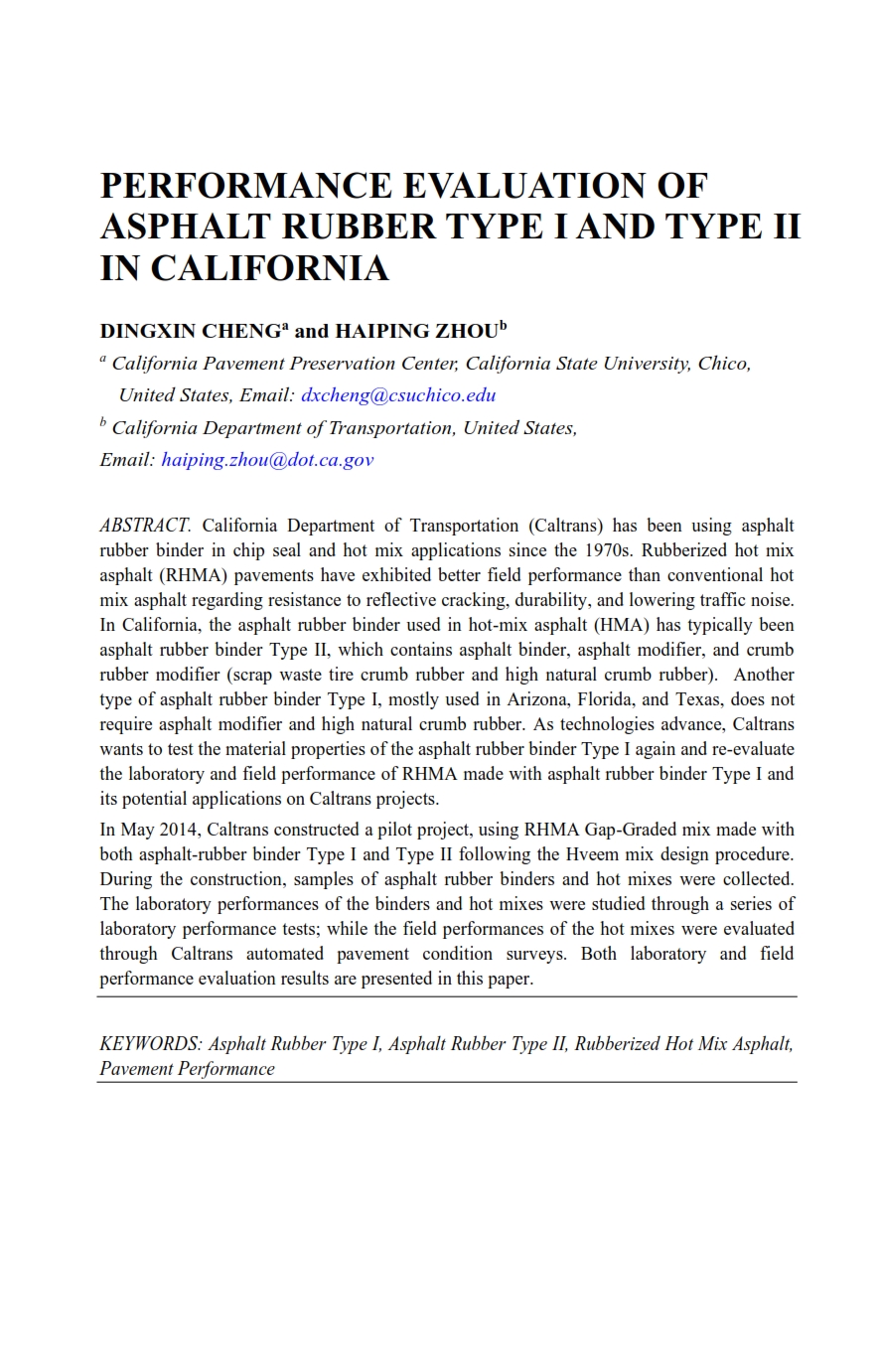
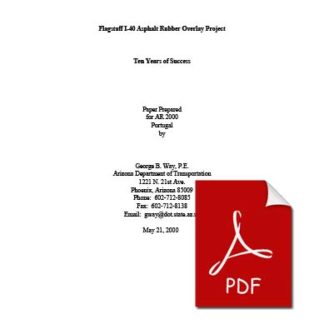
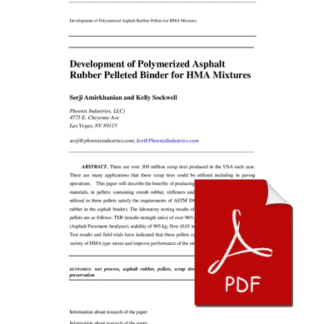
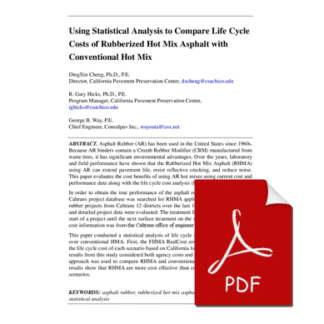


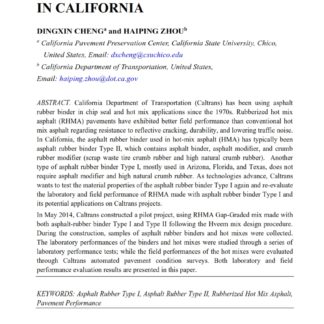
Reviews
There are no reviews yet.